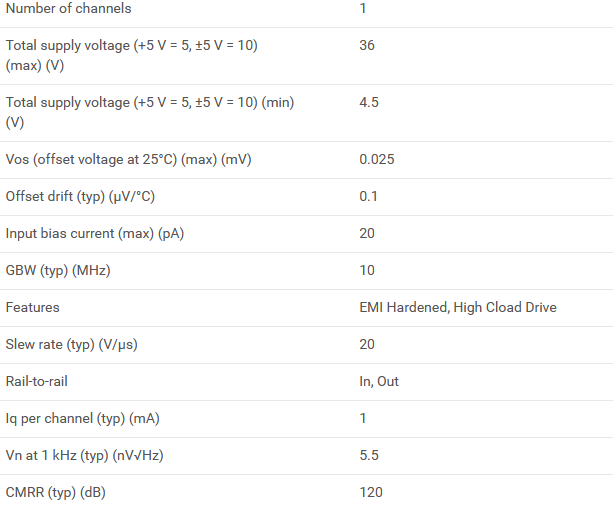Love all the videos... I have one nagging question that I can't seem to fully understand. When we speak of am op amps bandwidth, what area we actually talking about? I understand "frequency range" but are we saying this is the value of the input signal frequency? Isn't the input signal usually a fixed voltage - say in an inverting op amp circuit? What is actually changing at the frequency? If I'm using an op amp to design a synthesizer vco, does this mean my frequency range is the audible range? Why do I need to be concerned about frequency range and roll-off if I'm just applying a voltage to one is the op amp inputs? Please explain - thank you!

